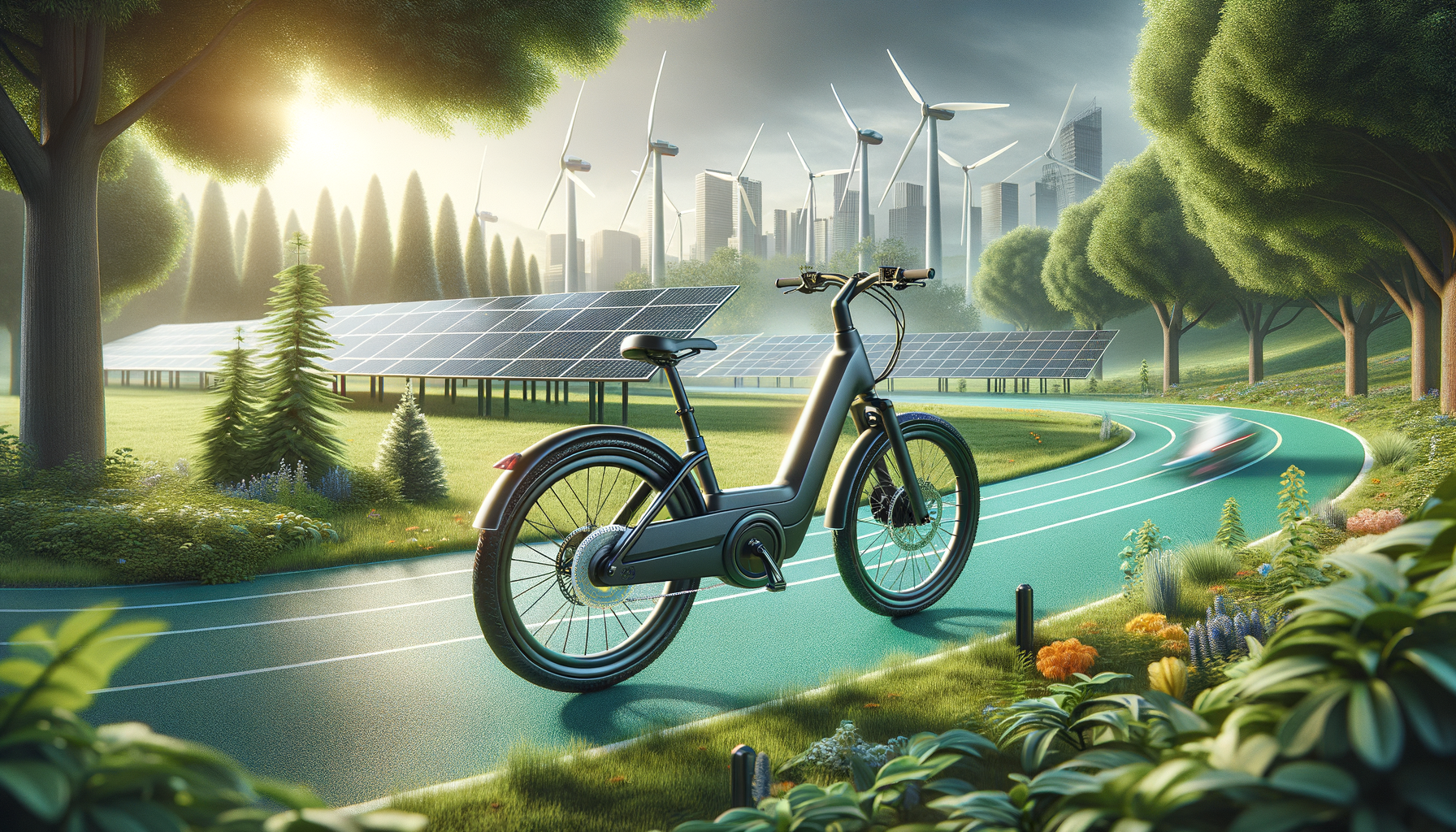E-bikes: The Future of Eco-Friendly and Efficient Transportation
Discover the benefits and considerations of purchasing an e-bike as a sustainable mode of transportation.

Understanding the Rise of E-Bikes
In recent years, e-bikes have gained significant traction as a sustainable and efficient mode of transportation. The rise in popularity can be attributed to increasing environmental awareness, urbanization, and technological advancements. E-bikes offer a practical solution for those seeking to reduce their carbon footprint while navigating busy city streets with ease.
E-bikes, or electric bicycles, combine the traditional features of a bicycle with an integrated electric motor, which assists with pedaling. This blend of manual and motorized power allows riders to cover greater distances with less effort, making e-bikes an attractive option for commuters and leisure cyclists alike. As cities become more congested and air quality concerns grow, e-bikes present a viable alternative to cars and public transportation.
Moreover, e-bikes are not just a trend but a reflection of a broader shift towards sustainable living. With governments worldwide promoting cycling infrastructure and incentives, the e-bike market is poised for continued growth. The convenience and environmental benefits they offer make them a compelling choice for those looking to embrace a greener lifestyle.
Benefits of Owning an E-Bike
Owning an e-bike comes with a multitude of benefits that extend beyond environmental impact. One of the most significant advantages is the cost savings. Compared to cars or even public transportation, e-bikes are relatively inexpensive to purchase and maintain. The cost of electricity to charge an e-bike is minimal, and maintenance is generally limited to basic bike upkeep.
Health benefits are another compelling reason to consider an e-bike. While the motor provides assistance, riders still engage in physical activity, promoting cardiovascular health and improving overall fitness. E-bikes make cycling accessible to a broader audience, including those who may find traditional biking challenging due to age or physical limitations.
Additionally, e-bikes offer convenience and flexibility. They allow riders to avoid traffic jams, find parking easily, and enjoy the freedom of exploring new areas. With the capability to travel longer distances without exhaustion, e-bikes are ideal for both short commutes and leisurely rides.
- Cost-effective transportation
- Improved health and fitness
- Convenient and flexible travel
Key Considerations When Buying an E-Bike
Before purchasing an e-bike, there are several factors to consider to ensure you choose the right model for your needs. Firstly, determine the primary purpose of your e-bike. Are you planning to use it for commuting, recreational rides, or off-road adventures? Different e-bikes are designed for various terrains and purposes, so identifying your needs is crucial.
Battery life and range are critical considerations. The battery determines how far you can travel on a single charge, and this varies significantly between models. Consider your typical travel distances and choose a battery that aligns with your requirements. Additionally, check the charging time and the availability of replacement batteries.
The motor type and power are also important. E-bikes come with either hub motors or mid-drive motors, each offering distinct advantages. Hub motors are generally quieter and more affordable, while mid-drive motors provide better balance and performance on hills. Evaluate the terrain you’ll be riding on to select the most suitable motor type.
- Purpose and terrain
- Battery life and range
- Motor type and power
Comparing E-Bike Models and Features
The e-bike market is diverse, with numerous models and features to explore. When comparing e-bikes, consider factors such as frame material, weight, and design. Lightweight frames, often made from aluminum or carbon fiber, enhance portability and ease of use. However, heavier frames may offer better durability and stability.
Examine the features that are important to you, such as suspension systems, braking mechanisms, and gear options. For those planning to ride on rough terrains, an e-bike with a robust suspension system will provide a smoother ride. Likewise, reliable braking systems are essential for safety, especially in urban environments.
Another aspect to consider is the level of technological integration. Some e-bikes come equipped with smart features like GPS navigation, app connectivity, and integrated lighting systems. These features can enhance the riding experience but may also increase the cost of the e-bike.
- Frame material and weight
- Suspension and braking systems
- Technological features
Conclusion: Embracing a Greener Future with E-Bikes
In conclusion, e-bikes represent a forward-thinking approach to transportation that aligns with the growing demand for sustainable and efficient mobility solutions. By understanding the benefits, considerations, and options available, potential buyers can make informed decisions that suit their lifestyle and environmental goals.
As urban areas continue to expand and environmental concerns rise, e-bikes offer a practical and eco-friendly alternative to traditional transportation methods. Whether for commuting, leisure, or adventure, e-bikes provide a versatile and enjoyable way to explore the world while contributing to a cleaner planet.
Ultimately, investing in an e-bike is not just a purchase but a commitment to a healthier and more sustainable future. As technology advances and infrastructure improves, e-bikes are poised to become an integral part of our daily lives, paving the way for greener cities and healthier communities.